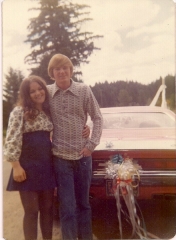What are Photo Flights and why not use a drone?
A photo flight is a flight in a helicopter or airplane with a photographer on board, taking pictures of properties, events, construction sites or other projects. So why not just use a drone? That seems to be just so much easier, right?
Well, a drone is very lightweight, and can stay in the air only for a limited amount of time. Winds can be challenging for a drone because of its weight. There are also restrictions on what you can do with a drone. You cannot operate above a certain altitude without FAA approval, and you cannot operate close to certain airports.
A helicopter or airplane is able to stay in the air for hours, if needed. An aircraft can cover a way bigger area and give the photographer better flexibility.
There are specific applications where a drone makes way more sense than a helicopter or airplane. Especially if you are operating close to the ground. So both have their advantages and disadvantages.
How does a photo flight typically work?
We typically start with a ground briefing with the photographer and the pilot. This is to make sure both know exactly what is expected and what is of importance to the photographer or camera man and the project. This is of even more importance if a video or movie is shot.
It will help keep the cost down, since we want to keep the time that we are in the helicopter actually flying as focused and short as possible. Also important is the safety briefing. No loose objects in the aircraft. We try to fulfill the needs of the photographer but it is of the highest importance that the flight is safe.
What projects have we done in the past?
We have worked on film and photo projects including Music Videos, Vehicle promotion videos and lots of photography projects. Some of those include Vineyards, buildings, marathons, crop fields, construction sites and more.
Contact us!
If you have any questions or need details on how we can help you with a certain project, please don’t hesitate to contact us.













